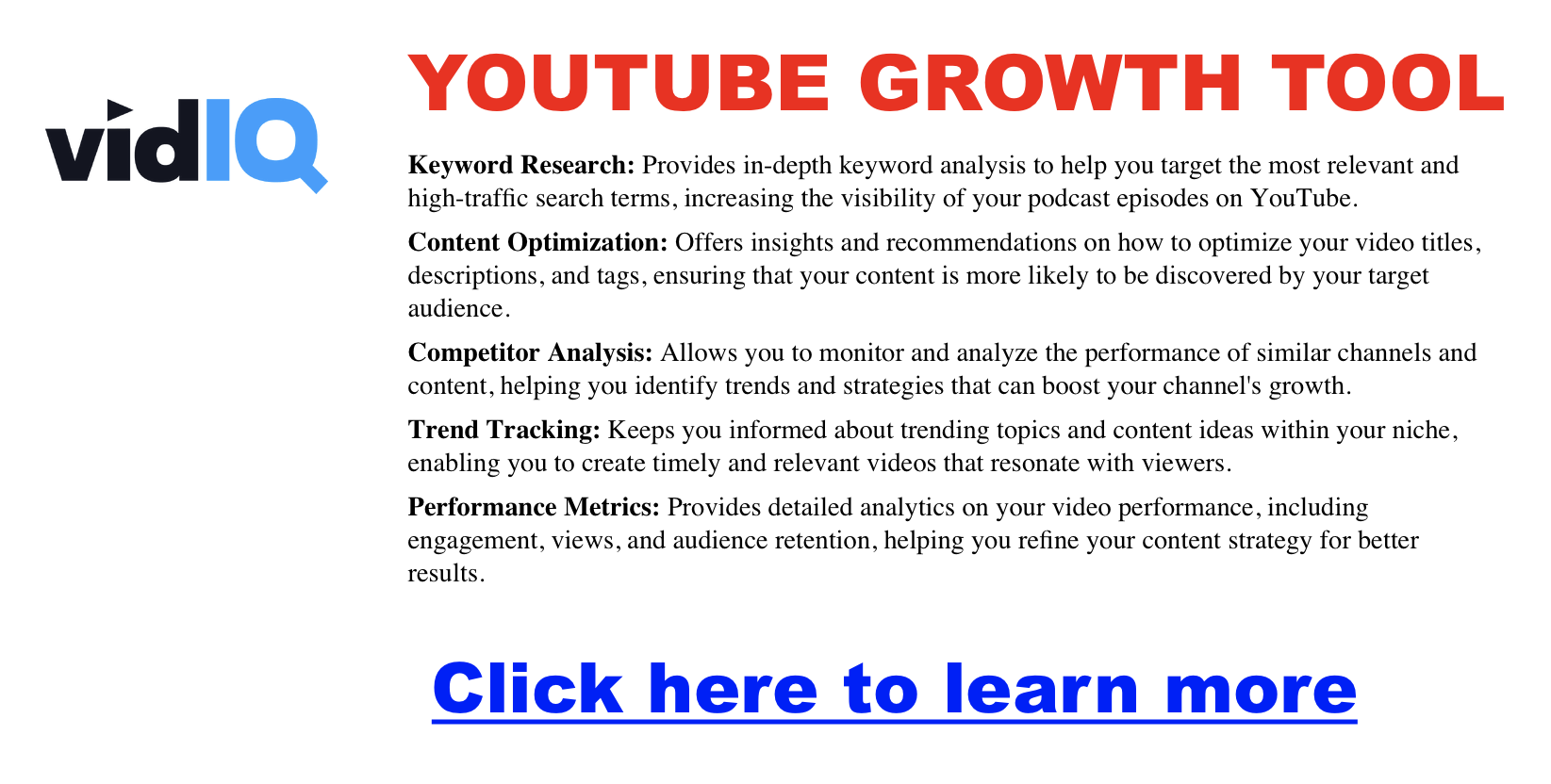How To Make Money on YouTube
In recent years, YouTube has evolved from a mere video-sharing platform to a promising career path for many creators. The success stories of top earners like MrBeast and PewDiePie, who have amassed millions through their channels, serve as a beacon of hope. While their journey to success was not instantaneous, it was certainly achievable. Growing a YouTube channel requires meticulous planning, a robust content strategy, and unwavering execution.
Step 1: Laying the Foundation (Niche, Audience, Content)
Finding Your Niche
Success on YouTube begins with identifying your niche. A niche is a specialized segment of content that caters to a specific audience. By ‘niching down ‘, you further specialize your content within a broader niche, avoiding direct competition with larger, well-established channels and instead targeting a smaller, more dedicated viewer base. For example, rather than starting a broad tech channel, you could ‘niche down’ and create content around ‘tech gadgets for seniors’ or ‘affordable smart home devices ‘.
Profitable Niche Examples:
- Fitness & Wellness: Channels focusing on yoga, home workouts, and nutrition tend to perform well.
- Personal Finance: Money management, investing tips, and budget advice are always in demand.
- Gaming: Niche down into specific games or platforms (e.g., mobile gaming or indie game reviews).
Understanding Your Audience
Once you’ve identified your niche, it’s crucial to delve deeper and understand your audience. Beyond their demographics (age, gender, location), it’s essential to comprehend their interests and the challenges they are striving to overcome. Tools like YouTube Analytics, Google Trends, and social media insights are invaluable resources that can provide profound insights into your audience’s needs and how you can cater to them.
Content is NOT King
The internet doesn’t need more content as it is everywhere. But what it does need is more SPECIFIC content to meet the demand. This is where you, and your new channel can step in.
Quality content is non-negotiable. Your audience is likelier to engage with, share, and return to your videos if they find them valuable or entertaining. Whether you’re producing tutorials, product reviews, or vlogs, prioritize quality over quantity. Some examples of effective content types include:
- Tutorials: Step-by-step guides on solving specific problems.
- Product Reviews: Offering insights into products, highlighting their features, pros, and cons.
- Vlogs: Behind-the-scenes content that helps build a personal connection with viewers.
Step 2: The Money Makers (Monetization Methods)
YouTube Partner Program (YPP)
The most common way to monetize a YouTube channel is through the YouTube Partner Program. You’ll need 1,000 subscribers and 4,000 watch hours in the past 12 months to qualify. Once that criteria is met, you can apply for the YouTube Partner Program and enable your video ads and earn from the displayed ads.
Beyond Ads: Alternative Monetization Methods
While ads are a reliable income stream, they are not always the most lucrative. Consider diversifying your income through the following:
- Affiliate Marketing: Partner with brands or online stores that offer affiliate programs. You can earn commissions on sales made through affiliate links by promoting relevant products in your videos (e.g., workout gear in a fitness channel).
- Sponsorships: Once you’ve built an engaged audience, brands may reach out to sponsor your content. You can charge fees to feature or mention their products in your videos.
- Merchandise Sales: Use platforms like Teespring or Shopify to sell custom merchandise like t-shirts, mugs, or digital products related to your brand.
- Digital Products: Selling online courses, eBooks, or exclusive content can provide a substantial income.
- Master Resell Rights (MRR): MRR allows you to purchase the rights to resell existing digital products like courses or eBooks. You can then bundle these with your content or even use AI to enhance and repackage them for your audience.
Step 3: The Growth Game (SEO and Algorithm)
YouTube SEO Basics
For your videos to be discovered, you need to understand the fundamentals of YouTube SEO. This involves optimizing your video titles, descriptions, and tags with relevant phrases and keywords people are searching for. The more optimized your content, the more likely it is to rank higher in YouTube’s search results.
Keywords: Your Secret Weapon
Keyword research is essential for ranking higher in YouTube searches. Tools like VidIQ and TubeBuddy help you find keywords with high search volume (content people are actively seeking for example: “how to tie a tie”) and low competition. Using keywords and phrases in your video titles and descriptions helps YouTube know who your audience is for and it increases your chances of reaching the right audience.
Leverage ‘How To’ and Review Videos
‘How-to’ videos and product reviews are highly effective content formats for growing your channel. Viewers searching for tutorials or reviews are often further along in their buying journey, making them more likely to take action based on your recommendations, such as purchasing products through your affiliate links.
Understanding the YouTube Algorithm
The YouTube algorithm rewards videos that engage viewers for longer periods. ‘Watch time’ refers to the total time viewers have spent watching your videos, and ‘click-through rates’ (CTR) measure how often viewers who see your video’s thumbnail click on it. These factors, along with ‘audience retention‘ (how long viewers stay on your video), heavily influence how your videos are recommended. Longer videos (8+ minutes) also provide opportunities to place multiple ads, increasing your potential ad revenue.
Consistency is Key
Consistency builds trust and helps the YouTube algorithm recognize your content. A regular upload schedule keeps your audience engaged and coming back for more.
Step 4: Level Up Your Strategy (Tools and Optimization)
YouTube Optimization Tools
Several tools are available to help you optimize your content. VidIQ and TubeBuddy are two powerful platforms that provide insights into SEO, keyword rankings, and competitor analysis. These tools give you data-driven insights to refine your content and target higher-ranking keywords.
Benefits of Using Tools
These optimization tools streamline your workflow and give you access to valuable data, such as which keywords your competitors are using or how your videos are performing in search results. They also help you track trends, spot content opportunities, and manage your tags and descriptions more effectively.
Keyword Research Made Easy
Optimization tools allow you to quickly identify search terms with high traffic potential, like something that’s trending in the news, and low competition. This allows you to tailor your content to what people are actively searching for, giving your videos a better chance of ranking well.
Competitor Analysis
Optimization tools can show you what keywords competitors are ranking for, what type of content works for them, and how you can differentiate your channel’s content to stand out.
Step 5: Take Action and Start Earning!
Motivation and Inspiration
YouTube success takes time and effort, but the rewards can be significant. Whether you aim to make YouTube your full-time career or supplement your income, the key is to take consistent action. Implement the strategies from this guide and be patient—you will see results over time.
Now that you have a roadmap for monetizing your YouTube channel, it’s time to implement these strategies. Start by optimizing your existing videos, experimenting with different content types, or creating your first monetized video. Remember, consistency and continual learning are your biggest assets.




